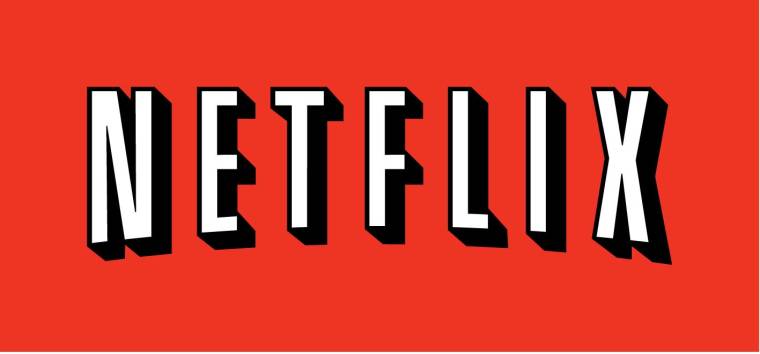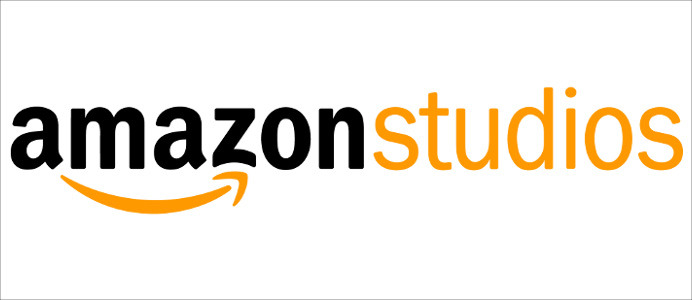The big story from the last couple years of film festivals has been the acquisition spree both Amazon and Netflix have been on as the nab movies they think will attract new subscribers to their streaming services. The two companies have very different approaches to distribution, though. While Netflix has announced a new partnership for limited theatrical release and has flirted with it before, it’s primarily focused on making the movies it acquires available on its streaming platform. Amazon, on the other hand, has worked with existing distributors to make the movies it buys available in theaters, only bringing them to Amazon Prime’s video services month later, something that’s much closer to the normal theatrical/home video windowing.
An area they also differ in is when it comes to creating online presences for those movies they’ve brought under their shingle.

Netflix has taken the approach that they just don’t matter. None of the seven movies I’ve reviewed the campaigns for in the past year have had any stand-alone website or social networks. Online ads take you directly to the Netflix site listing for the movie and, if you’re a logged-out user, encourages you to sign in or sign up to add the movie to your My List.
Amazon, on the other hand, has usually created at least a halfway decent site for its movies. They may not be fully-featured – Wiener Dog didn’t have a robust site – but they offer some information about the movie, its cast and more that will help someone who stumbles across it get more details.

I don’t know what Netflix’s motivations behind foregoing the website are, but it likely comes down to not seeing the value in doing so. What’s the point of creating a whole website for a movie whose marketing cycle only lasts a few months and is quickly over. More than that, they’re focused on a very specific goal: Converting people from awareness to subscribers. Netflix wants its lineup of original movies and shows to be a product differentiator ad so focuses on the sign up call to action. A visit to a stand-alone website would be alright, but that’s more or less a wasted click for them.
Amazon’s approach is more in line with its different mindset about distribution. Since the movies aren’t coming to its subscription screaming service for several months, the marketing needs to more closely mimic what has “traditionally” been done over the last decade or more. The website then serves the same purpose it does if a movie was coming from an established distributor, offering information on screenings, cast and crew bios, story synopses and other information.
Both approaches are valid, of course. While I certainly want to see official websites more often than not because it provides an outlet that can be used for any purpose over any length of time. But it’s hard to argue with Netflix’s focus on the conversion. That’s their business model, to gain subscribers, and so that’s where the marketing efforts need to go. But what happens, then, is when people are searching they’re relegated to third party sources of information. That puts the future in other people’s hands, which has a series of risks and potential pitfalls, which is why I don’t completely agree with it. Each tactic seems to be working for each company, though, and until it ceases to do so it wouldn’t be wise to wait for change to come.